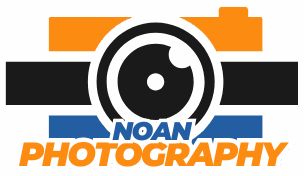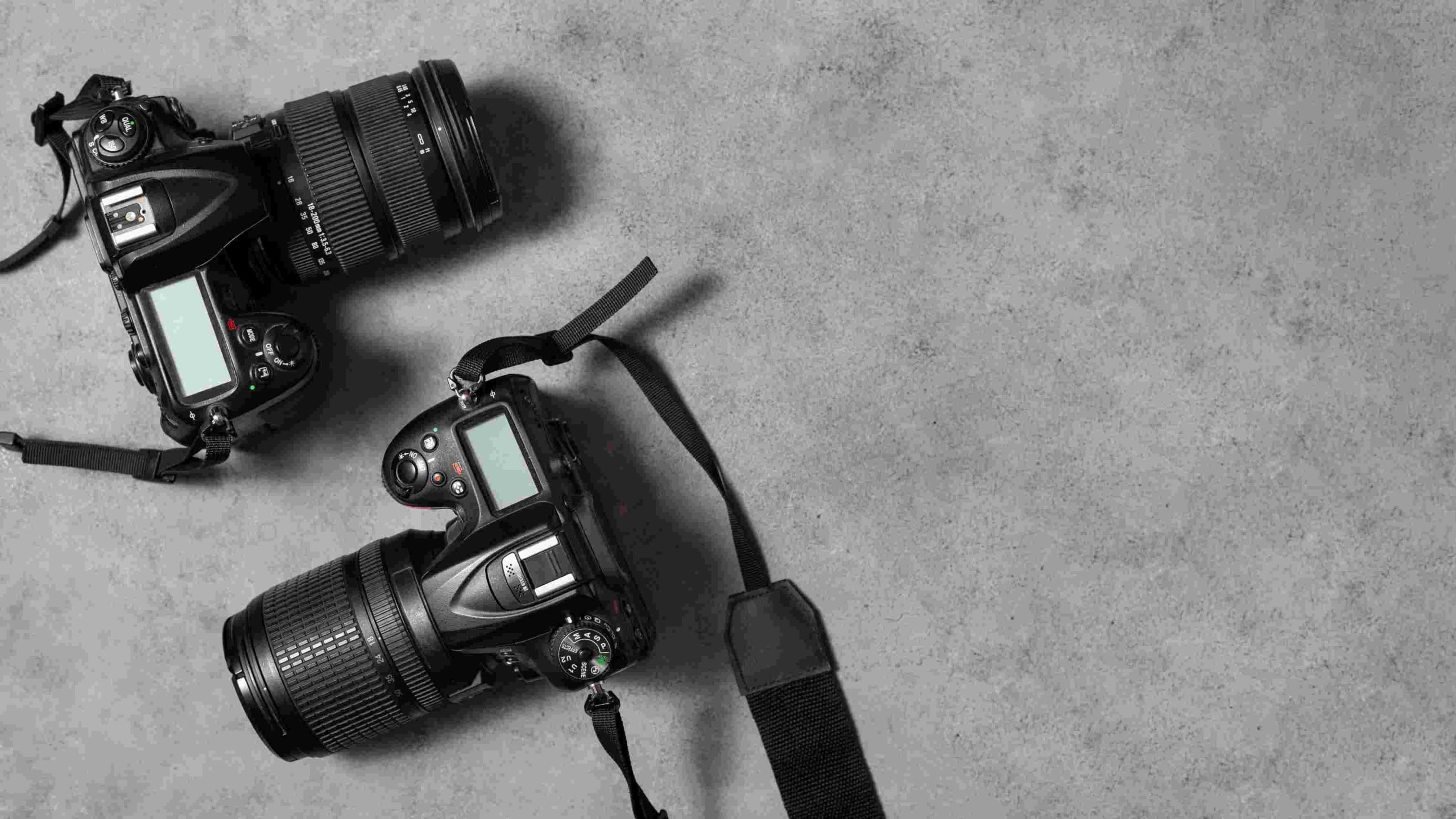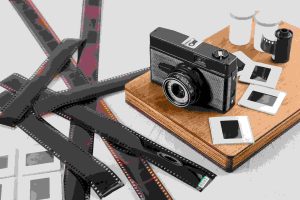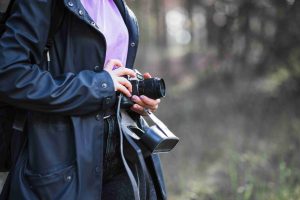Let me be blunt: the mirrorless camera vs DSLR debate is no longer just about specs—it’s about workflow, purpose, and what actually makes you want to take photos. I’ve been photographing professionally for over a decade, switching from a Canon 5D Mark III DSLR to a Sony A7 III mirrorless system, and more recently testing out Canon’s R-series.
This guide cuts through the jargon and tells you exactly what matters based on real-world use—because the only thing worse than buying gear that doesn’t fit your style is realizing it after your return window closes.
What Is the Difference Between Mirrorless and DSLR?
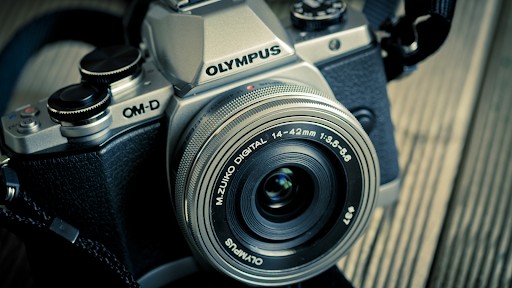
The fundamental difference lies in the viewfinder and internal mechanics:
- DSLR (Digital Single-Lens Reflex) cameras use a mirror mechanism to reflect light into an optical viewfinder (OVF).
- Mirrorless cameras ditch the mirror entirely and use electronic viewfinders (EVFs) or just the screen.
That difference shapes everything—from body size and battery life to autofocus and shooting experience.
Mirrorless Camera Advantages (Based on Real Use)
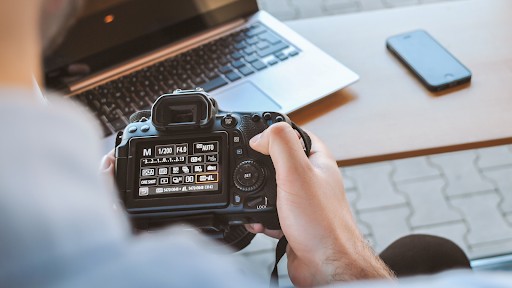
1. Autofocus That Actually Tracks
With mirrorless autofocus systems, I’m talking eye-detection, animal tracking, and intelligent face recognition—all done in real-time with scary accuracy. My Sony A7 III locked onto a bride’s eye mid-sprint during a chaotic wedding moment. My old 5D? It would’ve missed that completely.
2. Lighter, Smaller, Friendlier
Travel photography became a joy again. No more lugging a brick. Mirrorless systems like the Canon EOS R or Fujifilm X-T5 offer serious power in a compact form. Whether you’re shooting street, landscape, or portraits, you feel more agile.
3. Real-Time Exposure Preview
The EVF shows what your final shot will look like. No more chimping (reviewing every image). I save time and battery because I rarely miss exposure now.
4. Silent Shooting
One of my absolute favorite features. The electronic shutter allows you to shoot silently—game-changing for street photography, weddings, and wildlife.
Why DSLR Still Has a Place in 2025
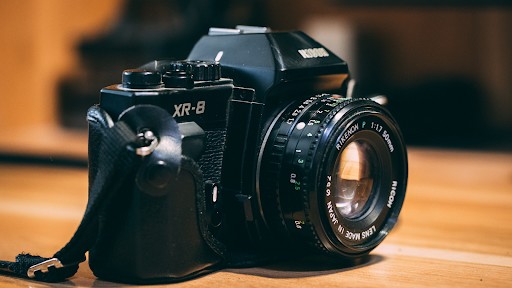
1. Long Battery Life
DSLRs like the Canon 1D X Mark III can crank out over 2,000 shots on one charge. Mirrorless cameras? You’ll want a spare battery or two, especially if you’re using the EVF all day.
2. Rugged, Tactile Bodies
Many pros still swear by the tactile ergonomics of a DSLR. Larger grips, physical dials, and no reliance on digital menus—especially helpful in cold or fast-paced environments.
3. Optical Viewfinder Purity
Some photographers (especially sports and wildlife shooters) love the optical viewfinder—zero lag, pure reality, and no screen flicker.
4. Affordable Legacy Lenses
You can grab fantastic DSLR lenses on the used market for a steal. And unlike some mirrorless bodies, DSLRs typically don’t need adapters to use native glass.
Mirrorless Camera vs DSLR: Side-by-Side Breakdown
| Feature | Mirrorless Camera | DSLR |
| Autofocus | On-sensor, real-time tracking | Phase-detect, fewer AF points |
| Size & Weight | Lighter, more compact | Bulkier and heavier |
| Viewfinder | EVF with live preview | Optical (OVF), no exposure preview |
| Battery Life | Lower (unless using rear LCD) | Longer |
| Video Capabilities | 4K/8K, IBIS, better AF | Limited features |
| Lens Compatibility | Growing, plus adapters | Huge legacy lens support |
| Shooting Speed | Faster burst, silent shutter | Slower, noisy shutter |
Mirrorless Wins for Video (Hands Down)
If video is your priority, don’t even think twice—go mirrorless. Features like in-body image stabilization (IBIS), 4K/8K resolution, and continuous autofocus make mirrorless cameras ideal for hybrid shooters.
I shot an entire YouTube series with a Canon R6. Its Dual Pixel AF and articulating screen blew my old DSLR setup out of the water.
Mirrorless Camera vs DSLR: Which Should You Buy?
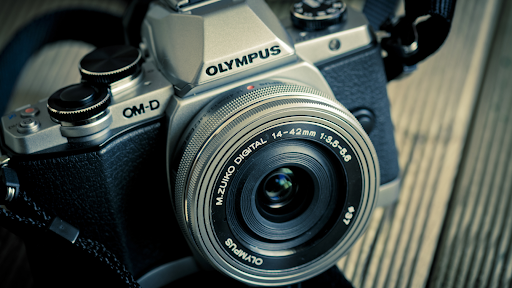
Let’s be honest. The camera world is moving mirrorless—Canon, Nikon, and Sony have all shifted their R&D budgets in that direction. But that doesn’t mean DSLRs are irrelevant.
Buy a DSLR If:
- You’re on a budget and want high-quality used gear.
- You shoot events and need long battery life.
- You prefer an optical viewfinder.
- You already have a collection of DSLR lenses.
Buy Mirrorless If:
- You want to future-proof your setup.
- You value compact size and portability.
- You shoot video or hybrid content.
- You need next-gen autofocus performance.
Frequently Asked Questions
1. Do professional photographers use DSLR or mirrorless?
Both—but the tide has turned. While DSLRs are still in use by pros who rely on their durability and familiarity (especially in sports or wildlife photography), most professional photographers are switching to mirrorless for the advanced autofocus, lighter gear, and video capabilities.
Personally, I’ve made the leap to mirrorless for 90% of my work—it’s just more efficient.
2. What are the disadvantages of a mirrorless camera?
The main disadvantage is battery life. Mirrorless cameras consume more power due to their electronic viewfinders and displays.
They also tend to be more reliant on software and firmware, meaning bugs or glitches can occasionally pop up. Lastly, entry-level mirrorless systems can get expensive quickly, especially once you start investing in high-end lenses.
3. Why is everyone switching to mirrorless?
Simple: mirrorless offers more features in a smaller body. The autofocus is smarter, video is smoother, and live exposure previews help avoid guesswork. For creators and hybrid shooters, it just makes more sense. As someone who’s made the switch, I can say mirrorless has sped up my workflow and made shooting fun again.
4. Are mirrorless cameras better than DSLRs for beginners?
Yes. The real-time exposure preview and easier learning curve make mirrorless cameras a great starting point.
5. Can you use DSLR lenses on a mirrorless camera?
Yes, with adapters. Canon EF lenses work beautifully on RF bodies using a Canon adapter, and Nikon has similar solutions.
Mirrorless Camera vs DSLR – My Call
After shooting thousands of images on both platforms, I can say this with confidence:
Mirrorless cameras are the now—and the future—of photography. But I still have deep respect for DSLRs. If you’re budget-conscious, love optical viewfinders, or already own a bag full of DSLR glass, there’s no shame in staying with a solid DSLR system. The best camera is the one that fits your hand, your eye, and your creative style. Whether you’re team mirrorless or team DSLR, get out there and shoot.
